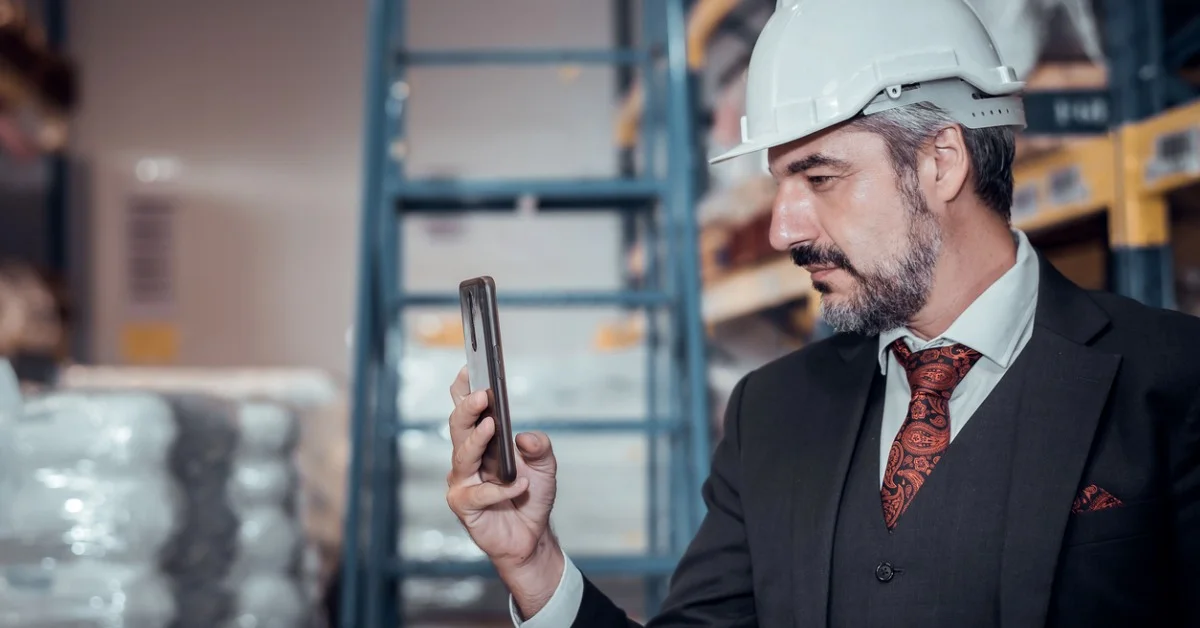5 Underrated Features to Look for in a Mobile Audit App


If your plant is considering implementing a mobile audit app, you probably have a list of standard features you need in a solution.
Automated scheduling, easy-to-use forms, and closed-loop issue management are typically some of the big ones, as well as custom reporting and dashboards for gaining real-time insights.
As you start digging deeper, however, it’s important to consider some often overlooked features that can have a big impact on the success of your rollout. Let’s take a look at five underrated mobile inspection app features, and how your team can leverage them to improve workflow quality and safety.
Come see what’s new in EASE! Take a look at our recent feature releases and enhancements.
Mobile Audit and Inspection App Features
1. Audit Photos
Unlike desktop computers, mobile devices—smartphones or tablets—can easily capture photos for audit reports. An auditing solution should make use of this feature. The ability to incorporate photos into digital audits can make checks more efficient and effective in several ways, including:
- Clarifying good vs. bad: In many cases, an auditor can verify conformance with a visual standard faster than having to read and understand a written description.
- Reporting findings: When auditors identify a nonconformance, capturing the issue in a photo can provide critical context compared to trying to describe the problem with words.
- Preventing pencil-whipping: Some plants require auditors to include a photo in each audit. This feature ensures people actually complete audit forms on the plant floor without having to go back to their workstations.
2. Conditional Questions
As the name suggests, conditional questions trigger a follow-up question based on the response provided. They can be helpful in many situations, providing more granular detail on non-conformances.
A failed question on whether an operator is wearing the required personal protective equipment (PPE), for instance, could trigger additional questions on which types of PPE aren’t being worn to better inform what actions must be taken to correct the issue.
Conditional questions can also help quickly exclude non-applicable items from the audit checklist, helping keep checks short while ensuring you’re getting relevant data.
For example, you can ask whether a forklift is even present in a work area before asking additional questions related to forklift safety.
3. Repeat Findings Indicators
Knowing if a question has failed recently in a work area can provide important insights. Repeat findings can indicate a systemic issue or unresolved problem. They can also show if previous auditors are missing issues or if the questions themselves are confusing or ambiguous.
Real-time visibility is essential here. With EASE, anytime a question fails in a give work area, every audit asking the same question in that location for 30 days displays a notice of prior findings.
Auditors can see how many times the question has failed and who reported it, helping them find systemic issues faster and point to areas that may need formal corrective action.
4. On-The-Fly Finding Reporting
Another underrated feature to look for when evaluating mobile audit software is the support for any team member to log findings outside scheduled checks. Any member should be able to send in an audit whenever and wherever. This kind of flexibility promotes quality and safety culture by allowing teams to:
- Record observed hazards or other safety observations on the plant floor
- Create incident reports to ensure proper follow-up on quality and safety events
- Notify maintenance of potential issues needing attention
- Recognize someone for a job well done
Overall, this function promotes a proactive approach to preventing problems wherever they arise. It also enables everyone to take ownership of issues they find, so the entire team is more invested in quality and safety.
5. Vendor Support
While not exactly a product feature, one final factor to consider as you evaluate software options is app support from the vendor. Though it’s often overlooked, it can make a huge difference in the value you get from your implementation.
So what does robust support look like? Look for services such as:
- Guided setup to align the system with requirements and industry best practices
- Lean implementation process to get your program running quickly
- Multilingual staff and global presence to accelerate global deployments
- One-on-one training, open office hours, and administrative support for ongoing needs
Implementing mobile audit software can improve quality and safety outcomes while helping build connections among your entire team. A successful implementation all comes down to asking the right questions, finding a truly flexible solution, and having a vendor to streamline the process.
